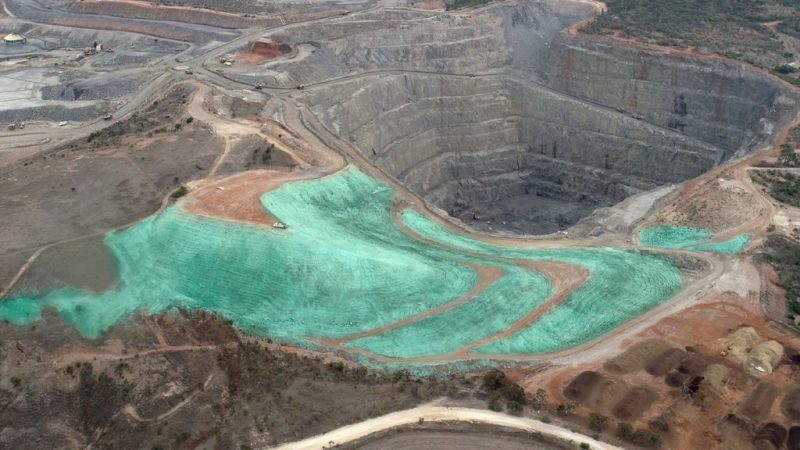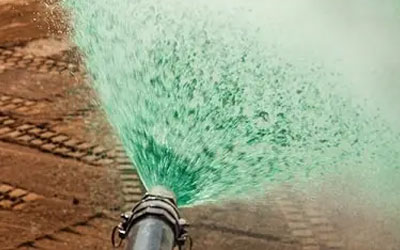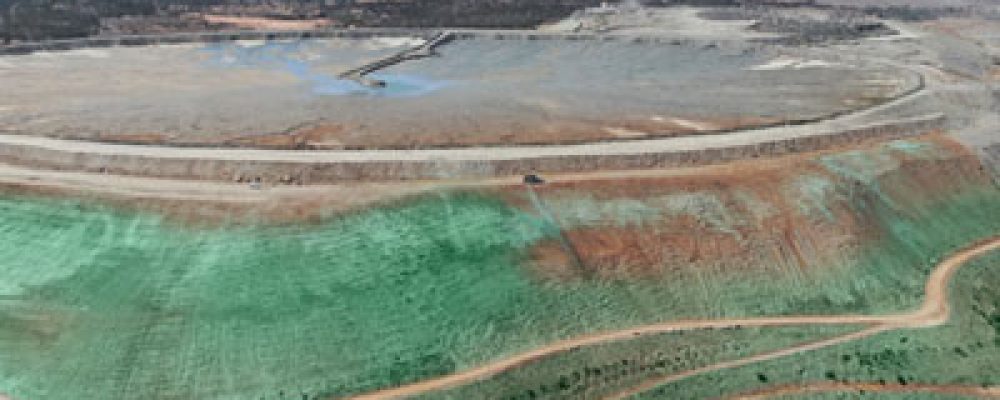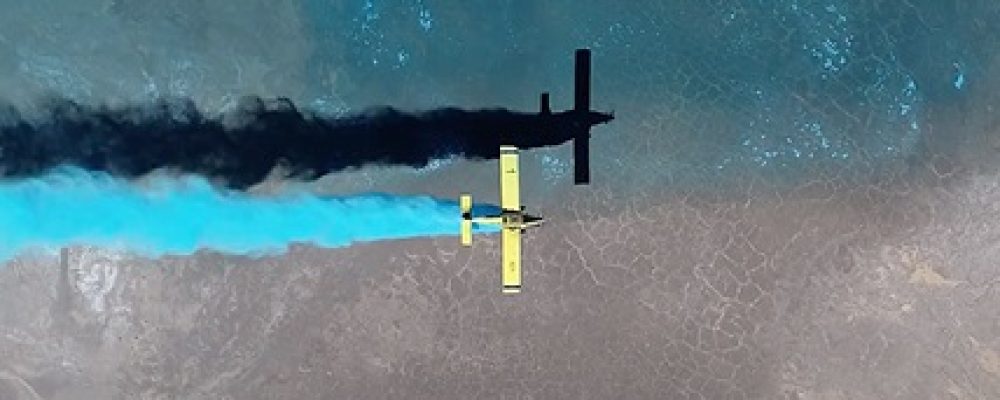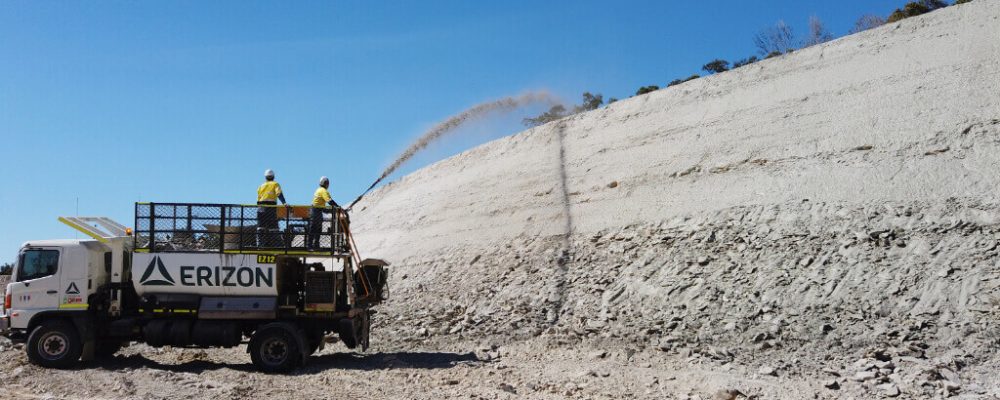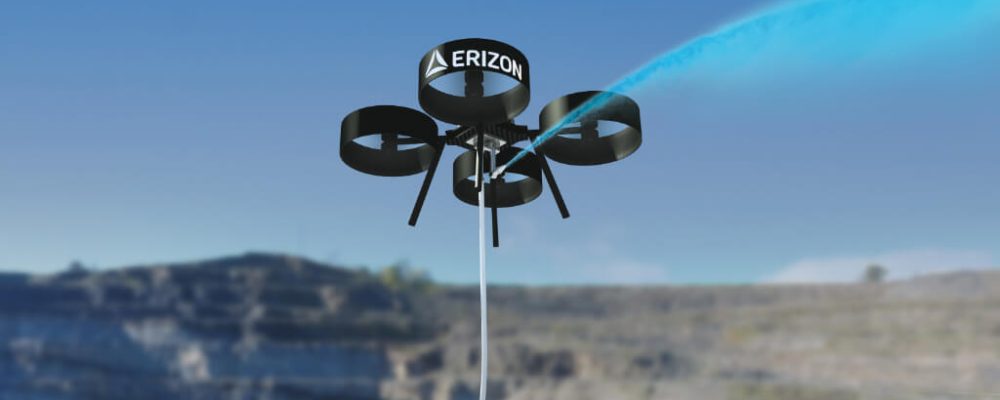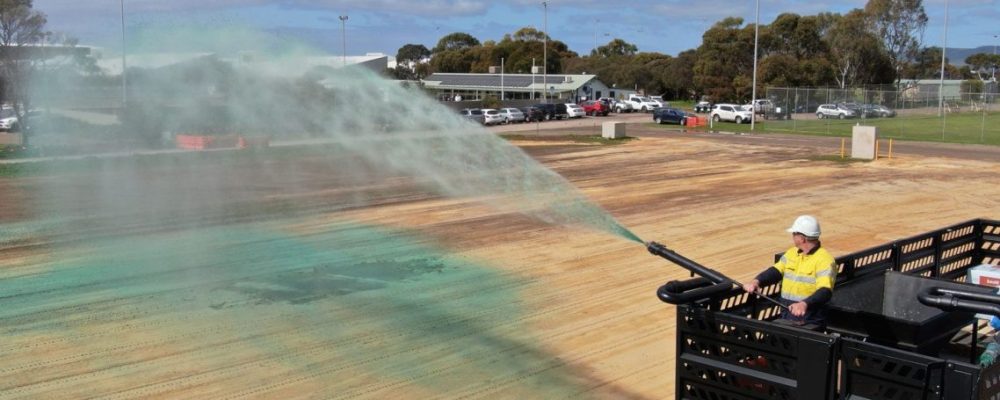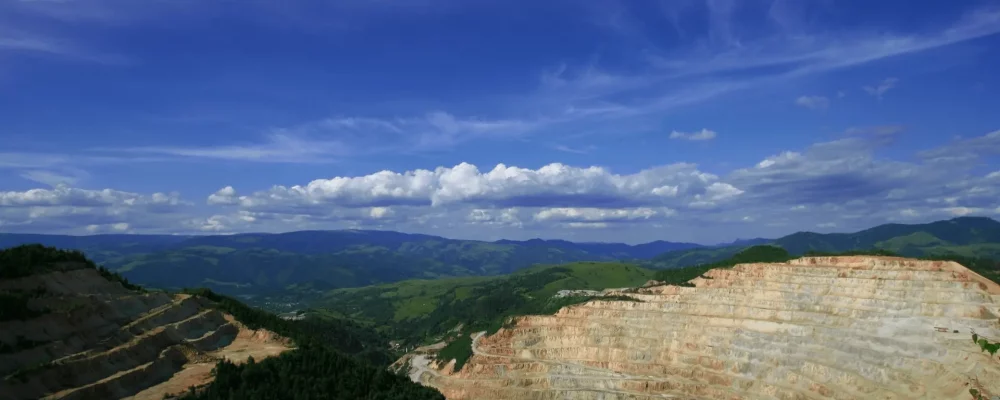Australian companies operating in the mining, civil & infrastructure, energy, defence, and rail industries are working with environmental solutions providers to control dust risk on-site.
Drilling, excavating, blasting, loading, and stockpiling can lead to dust liftoff, which can get transported elsewhere. To mitigate this risk, it’s important to ensure that the best possible solution is implemented to protect the health of workers, nearby communities, and the surrounding environment both in the short and long term.
While dust suppression solutions can immediately prevent dust particles from going airborne, revegetation is the longer-term and more sustainable approach. In this article, we will share the best way to control dust now and revegetate the land later on.
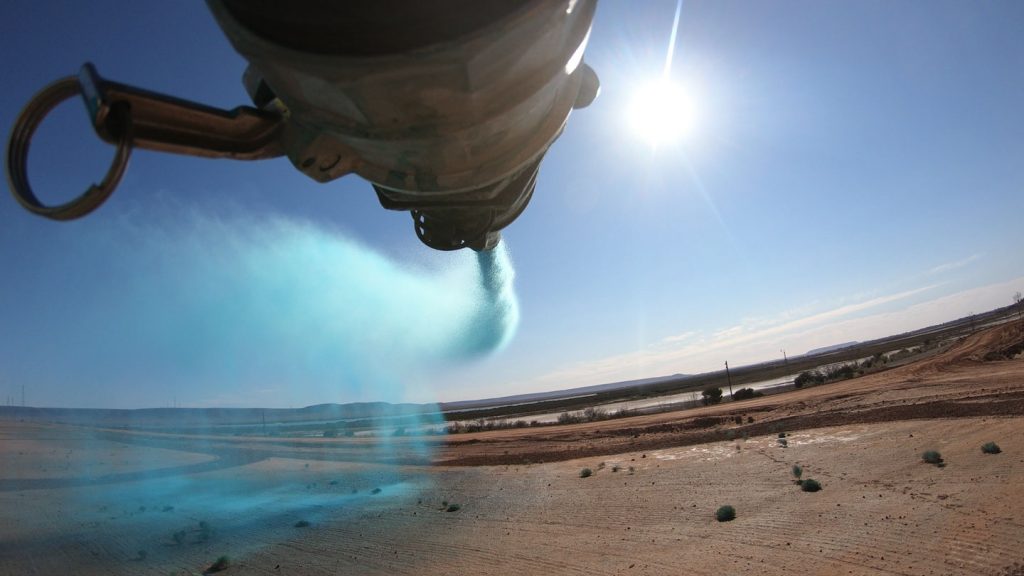
Polymer-based Dust Suppression Solutions
The most suitable non-toxic, environmentally friendly polymer-based dust suppression product depends on various site-specific factors such as environmental impact, project goals and requirements, water conservation, and intended length of dust suppression.
Polymer-based solutions physically and chemically bond soil particles to form a durable layer that can resist the erosive forces of wind and water. They can typically suppress over 95% of dust and stabilise the substrate underneath. At the end of its life cycle, the product slowly breaks down until it is incorporated into the soil, and microbes can disintegrate it further.
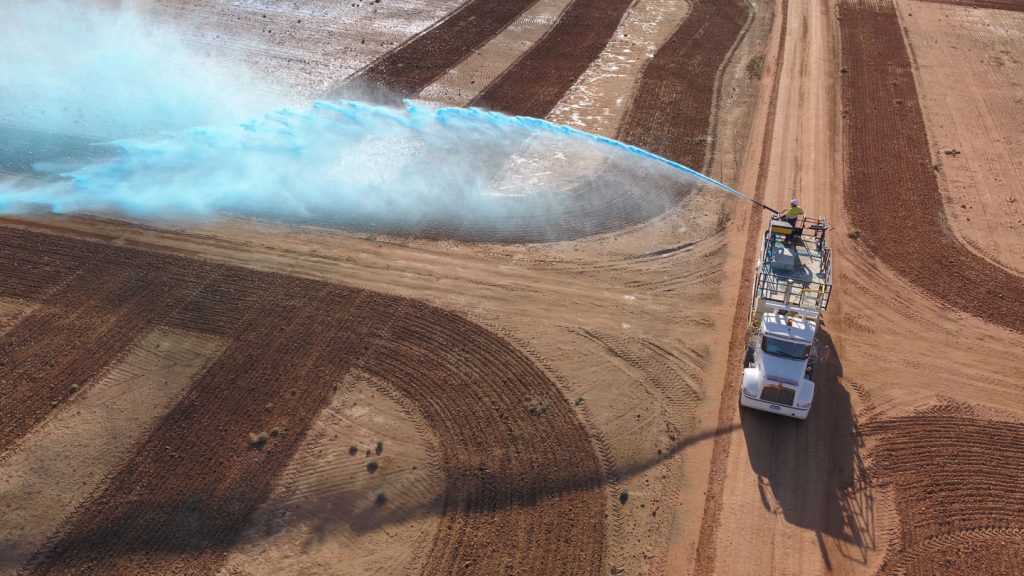
The Best Dust Suppression Product for Revegetation
As Australia’s leading environmental solutions provider, Erizon has developed an economical dust suppression solution that works with all soil types and locks in dust while letting air and water to penetrate – HydroBond. This product is perfect for when dust is the immediate concern, but you intend to revegetate the site in the long run.
HydroBond is scientifically developed and extensively tested by Erizon’s team of soil scientists and environmental experts. It is made with a unique polymer-based substance blended with proprietary additives for effective dust suppression.
Depending on site conditions and your target functional longevity, the high-concentration liquid can be diluted at various levels to achieve project success. Once applied, a 3D honeycomb matrix gets formed above the topsoil, forming a protective crust.
This open matrix structure allows more water to be retained and prevents the leaching of essential nutrients. Consequently, treated soils become an optimal medium for plant growth and enable faster germination of seeds.
There are several ways to apply HydroBond. Essentially, it is diluted with water, added with a green dye for even application, and sprayed directly onto the surface. Depending on the size of your site, it can be applied using your existing water carts, or you can allow our expert team to take care of the application.
Our wide range of specialist equipment can cover up to 50,000 square meters in a day and significantly reduce costs and time spent on product application. There are four common application methods for HydroBond:
- Hose- Hoses and pumps, together with extended hose reels, can reach distances of up to 400 meters. It allows us to safely cover steep slopes, inaccessible areas, and dangerous tight spaces.
- Spray Bar- Spray bars can be attached to existing water carts, tankers, and HydroRigs to apply HydroBond on flat areas evenly and economically.
- Canon- HydroRigs with mounted hydraulic cannons can apply this solution to distances of over 100 meters. Dual cannons also allow us to spray HydroBond to both sides simultaneously.
- Aerial- For isolated and difficult-to-reach areas such as tailing storage facilities and ash dams, aerial application using a fixed-wing plane, helicopter, or drone is the most effective method.
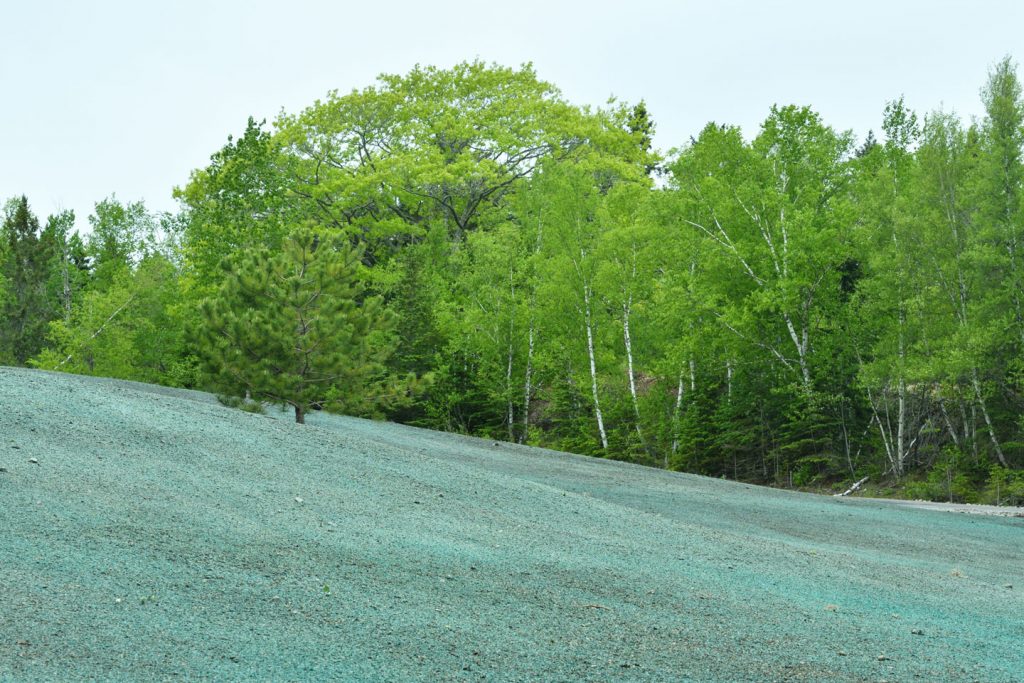
Mulching and Revegetation for Long-term Dust Control
For further enhanced water retention and better regulation of temperature, HydroBond can also be applied with Hydromulch.
Mulches can cover and protect exposed surfaces and prevent loose particles from being carried by the wind. When added with vegetation, it becomes more beneficial for the site. This is because the root system of the vegetation works together to keep the substrate intact, while the top of the grass covers shields the soil from wind impact as the seeds start to germinate.
Aside from dust control, hydromulching leads to better water retention, requiring less maintenance and improving germination. Once successfully revegetated, trees, shrubs, and grasses can serve as a windbreaker that reduces the strength and speed of the wind.
Ultimately, this prevents dust liftoff and displacement of soil particles that result in soil erosion.
Work With the Dust Control Experts
To successfully protect your site from the impacts of dust, it’s always a great idea to consult with experts who have extensive knowledge and experience in the field. When you work with us, we will conduct a site inspection and learn about your specific requirements and goals. From here, we will develop a tailored plan and expertly implement it to achieve maximum dust suppression.
Interested to learn how we can help you? Get in touch with us today!
